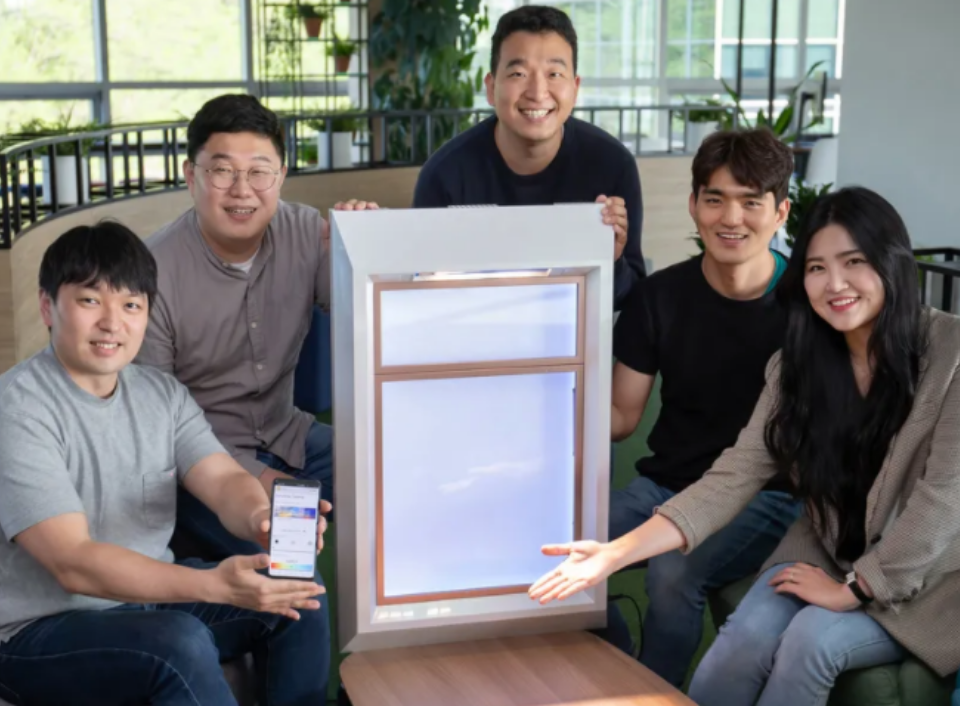a
As humans, we spend most of our time indoors. We go from our homes to our office buildings, with perhaps a few stops in between at a café or a restaurant or a public building. In fact, it’s simply not that we spend most of our time in a built environment, it’s all our time— the US Environmental Protection Agency estimates that the average person spends around 90% of their time indoors every year.[i] Thus, the spaces we live or work in can have a profound impact on our health. Even the tiniest hint of mold or dust or carcinogenic material can affect us, especially as most of us spend nearly all our waking (and sleeping!) hours in the same few buildings.
Understandably, the responsibilities that come with this knowledge have often fallen upon designers, and the architectural design community in particular. Each time a new study comes out they are encouraged to design better, and some of the most beneficial ways to do so, as recent studies all point to, are practices that increase indoor airflow and quality and the avoidance of any toxic or harmful building materials in design.
While building healthier indoor environments has been a topic of conversation for designers for many years, along with the recommendations about air quality and materiality that come with it, the events of 2020 have proven to be a new catalyst for this awareness. In the design community. In the post-pandemic world, more attention than ever has been placed on what the healthy future of tomorrow will look like. Life has changed in countless ways in the past two years—most of us are left shellshocked by a global event we never saw coming, and one thing many can agree on is that they will never again view health and sanitation in the same way. Designers, and especially architectural designers, in this climate, have been reminded of their unique duty to create healthy environments, so that people can feel safe in the environments in which they spend nearly all their time. For architecture this may mean considering social distancing protocols in design or thinking carefully about high traffic areas and high touch spaces. For residential design it means considering that people may spend more time in their homes now more than ever and preparing for an increased desire for home offices and home gyms.
Lighting designers may also carry the burden of these new changes and there are many ways in which their designs can improve the built environment for health-minded considerations. Like all types of designers, materiality will play an important part in that change. Metropolis Magazine recently held a panel to discuss considerations of health and sanitation in design. The panel was titled “Healthy Spaces, Clean Surfaces,” and featured several well-informed professionals on the subject, one of whom was Ryan Johnson, Materials Researcher at the Healthy Building Network. As Johnson noted time and time again in this discussion, diligent and responsible material sourcing is one of the most important ways that lighting designers can protect the built environments to which they contribute. Additionally, while manufacturers have surely become better in recent years about fully disclosing all the materials in their products and providing HPDs, it is also a designer’s duty to confirm those statements, and thus ensure they are doing everything they can to keep their clients and environments healthy.
Health-conscious material sourcing will surely play a large role, but there are other architectural lighting considerations that could be explored to promote healthy built environments. One interesting new development that is being researched more extensively is the benefits of daylight in the built environment. Researchers and designers have long known about daylight’s mood-boosting abilities, especially in spaces designed for healthcare. A lesser-known development, however, is that daylight can also be an effective tool to combat airborne pathogens, bacteria on surfaces, and dust colonies.[ii] Perhaps daylight integration is the new holy grail of health-conscious design for the lighting community in the same way that improved air quality was for the architectural design community.
This trend is surely on the rise, and an increased consciousness of daylight’s benefits in the postpandemic world can be seen by several new innovations. One of the most interesting of these is an increase in many firms desire to develop daylight-mimicking technology. There are now dozens of luminaires on the market that promise to provide all of daylight’s benefits in spaces with low levels of natural light. Samsung is one such company, who, early last year, teased the development of an artificial window that would mimic daylight in any indoor environment.
For any lighting designer hoping to participate in the post-pandemic revitalization of health-conscious design, these two options—careful material sourcing and a greater appreciation for daylight’s benefits—are a good place to start. However, with the changes brought about by Covid-19 far from gone, it is extremely likely that even more ideas for how lighting can continue to improve the built environment will continue to surface.
This article was originally featured in the August issue of designing lighting (dl)
i U.S. Environmental Protection Agency, Indoor Air Quality: What are the trends in indoor air quality and their effects on human health?



